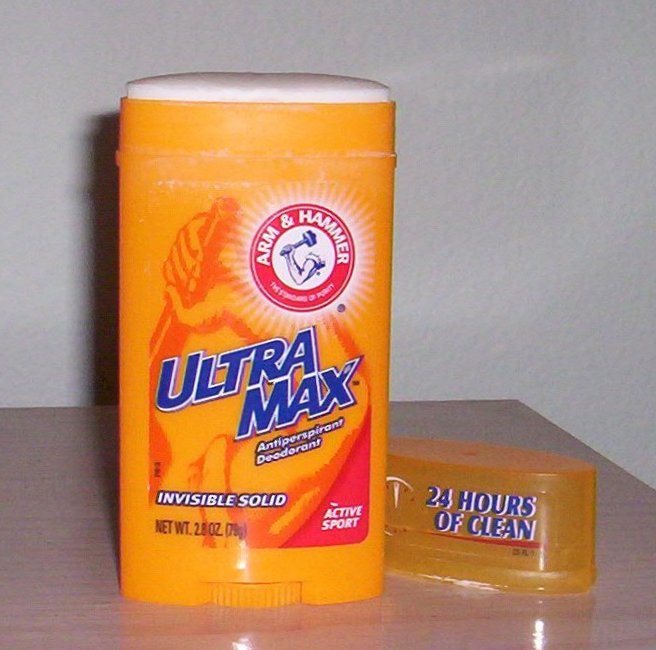Parabens can be found in various household products, cosmetics, foods and drugs. They are commonly used as preservatives together with other chemicals or in combination of two or more types. Manufacturers started using it as preservative during the 1950s when facial lotions, contaminated by bacteria, caused blindness to several people.
FDA on Parabens
Parabens come in different forms but the three most popularly used in cosmetics and skincare products are butylparaben, methylparaben and propylparaben. Based on the Federal Food, Drug and Cosmetics Act, FDA is not authorized to approve preservatives used in cosmetics. The agency can only interfere once adulteration is present, when any substance poses harm to the public.
In 1984 the Cosmetic Ingredient Review (CIR) found butylparaben, methylparaben and propylparaben to be safe for cosmetic product use. The maximum allowed level is 25%, but most products only use minimal amounts ranging from 0.01% to 0.3%.
Questions on Safety of Parabens
There are many organizations and bodies questioning the safety of parabens in beauty and skincare products.
For instance, several studies linked parabens with breast cancer. The first study to ever report association of parabens with breast tumors was conducted by Suzanne M. Snedeker, PhD of Cornell University under the Breast Cancer and Environmental Risk Factors (BCERF) Program.
For this reason, the CIR reopened safety assessments for parabens in 2005. Re-assessment results showed that parabens, when used within the approved levels, are considered safe for human use.
However, based on the 2005 to 2006 National Health and Nutrition Examination Survey (NHANES) conducted by the Centers for Disease Control and Prevention (CDC), women have higher concentration of parabens in their urine compared to men. These data implies that more women use products containing parabens. Meanwhile, non-Hispanic blacks younger than 60 years old have higher concentration of parabens in their urine compared to non-Hispanic whites.
The results of NHANES do not imply that parabens cause adverse effects in human health. It simply shows the extent of use of products containing parabens.
Breast Cancer and Estrogen in Cosmetics
Further studies performed by Suzanne M. Snedeker established the connection between breast tumors and parabens. Based on her studies, parabens and other cosmetic ingredients can mimic the effects of estrogen. Consequently, the increase in estrogen levels in the body puts a woman at risk of developing breast cancer.
Apart from parabens, other cosmetic ingredients such as placental extracts and UV screens also contain estrogen. These products, collectively known as environmental estrogens, can mimic the effect of the hormone. Long term and repeated use of products containing environmental estrogens increase absorption in the body, leading to possible breast cancer.
Many popular brands contain parabens such as Nivea, The Body Shop, Boots, Clean and Clear, Almay, Earth’s Organics, Estee Lauder, Elizabeth Arden, Evolu, Guerlain, Innoxa, John Frieda, Les Horalies, Lancome, L’Oreal, Dr. LeWinn’s Private Formula, Maybelline, Max Factor, No. 7, Neutrogena, Olay, Origins, Puma, Revlon, Shiseido and T-Zone. Note that not all products of these brands contain parabens, just a few select items.
Photo credit: “Stick deodorant”. Licensed under Public domain via Wikimedia Commons – http://commons.wikimedia.org/wiki/File:Stick_deodorant.jpg#mediaviewer/File:Stick_deodorant.jpg







